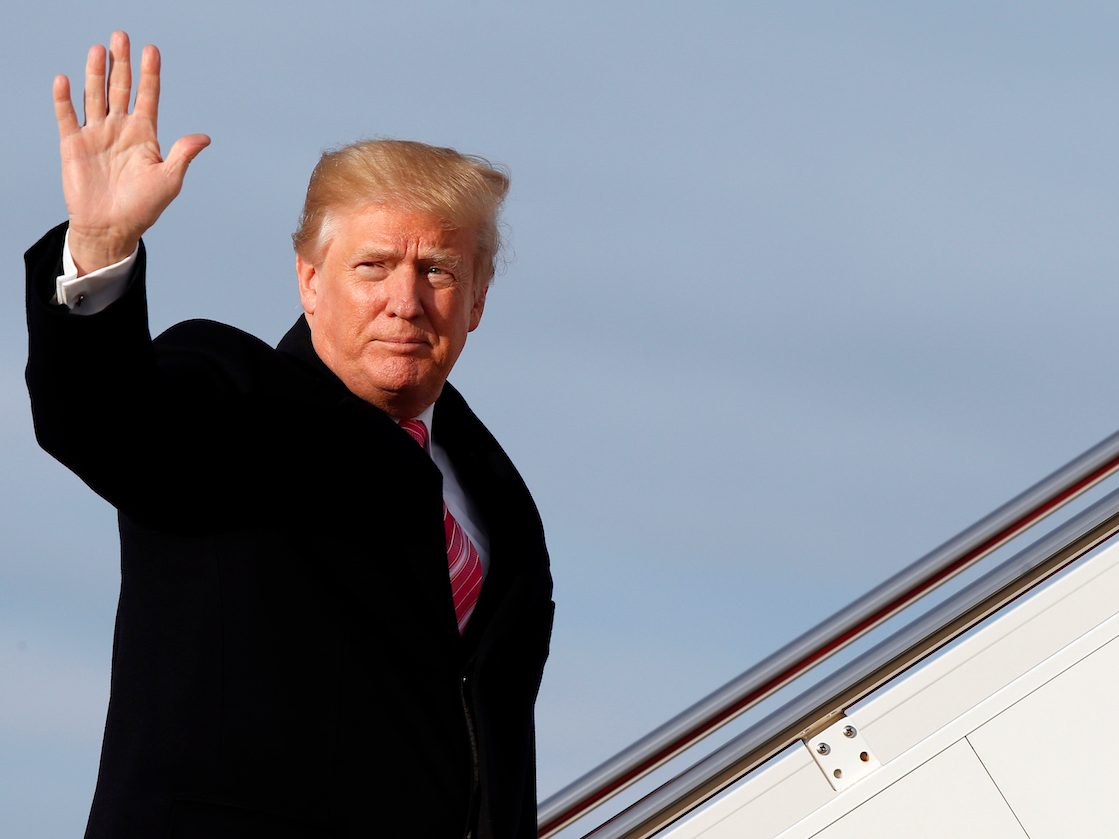- Income-tax brackets could change in 2018 if tax legislation is enacted under President Donald Trump.
- The Senate’s bill proposes keeping seven tax brackets but changing the income ranges, while the House’s version of the bill would reduce the number of tax brackets to four.
- Both plans propose eliminating the personal exemption and increasing the standard deduction.
House and Senate Republicans have taken two different approaches in their attempt to overhaul the US tax code by releasing separate proposals with sweeping changes.
But President Donald Trump has said he wants tax reform on his desk by Christmas. So negotiators now need to iron out significant differences between the House and the Senate versions of the tax bill and pass that updated bill in both chambers.
In the meantime, Business Insider put together two charts showing how both the House’s tax plan and the Senate’s tax plan could change federal income-tax brackets in 2018 compared with those in 2017.
First, for single filers:

And second, for joint filers:

Under the House's plan, there would be four federal income-tax brackets rather than the seven we have today. The brackets proposed are 12%, 25%, 35%, and 39.6%.
The Senate's version would keep seven brackets but at slightly lower rates and adjusted income ranges. The brackets proposed are 10%, 12%, 22%, 24%, 32%, 35%, and 38.5%.
About 70% of Americans claim the standard deduction when filing their taxes, and their paychecks will almost certainly increase - albeit slightly - if tax reform passes.
In 2017, the standard deduction for a single taxpayer is $6,350, plus one personal exemption of $4,050.
The House plan would combine those into one larger standard deduction for 2018: $12,200 for single filers and $24,400 for joint filers.
Under the Senate proposal, these would be slightly lower, at $12,000 for single filers and $24,000 for joint filers.
